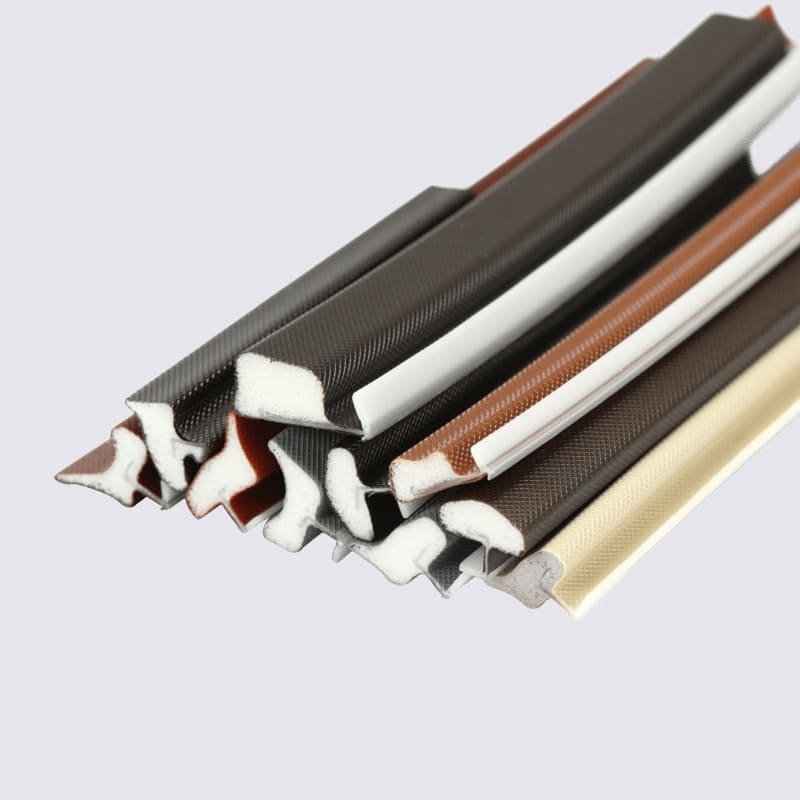Whether you need hoses for pneumatic tools, fuel linen, hydraulic systems or other industrial uses, there are many factors to consider when selecting the right hose for the job. Here are the main types of hoses and things to think about when making your choice.
Air Intake Hose
For carrying compressed air in industrial and construction applications, air intake hoses made from materials like rubber, PVC and nylon resist abrasion and crushing while standing up to the high pressures within pneumatic systems. Look for hoses with metal wire reinforcement for maximum durability and lower pressure drop. Lighter-duty air hoses transfer air for uses like filling tires and operating air tools.
Fuel Hose
To carry liquids like diesel, benzine, oil and other petroleum products, fuel hoses are required. Typically made with special polymeric compounds, fuel hoses are resistant to chemical deterioration from hydrocarbons and ethers while conforming to safety specifications. Consider spiral-wound and single or double-braided construction styles depending on your application needs.
EPDM slang
Made from synthetic rubber, ethylene propylene dieen monomer (EPDM) hoses are resilient to wear and provide flexibility in hydraulic and pneumatic applications. EPDM hoses resist oil, ozon, sunlight and weathering while being competitively priced. They are a great choice for general industrial hose applications. Choose EPDM hoses with wire braiding or other reinforcement as needed.
Choosing Right Hoses According To Many Conditions
Beyond the type of material, also consider hose attributes like length, inside diameter, outer diameter, druk wurdearring, temperature range and fittings or connectors needed when choosing hoses for your specific application. Different constructions styles can further improve a hose’s durability, kink and abrasion resistance.
Main differences between air intake hoses and fuel hose
Air intake hoses are designed to carry compressed air in pneumatic systems, while fuel hoses carry liquids like gasoline, diesel and oil in fuel systems.
Fuel hoses are exposed to hydrocarbon fuels and chemicals which can cause deterioration, while air intake hoses mainly deal with pressure and abrasion.
Air intake hose needs to withstand higher pressures, typically 40-120 psi, compared to fuel hoses which typically operate under 20-30 psi of pressure.




